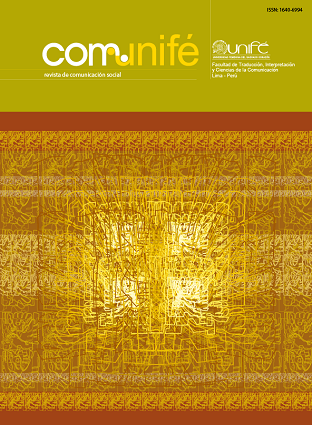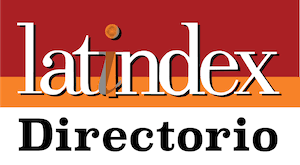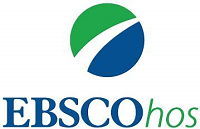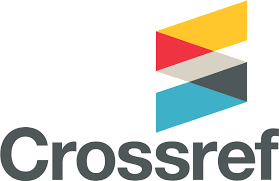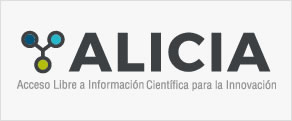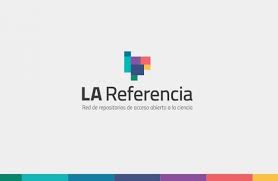Graffiti expression in the urban area of Lima
DOI:
https://doi.org/10.33539/comunife.2016.n16.2025Keywords:
Graffiti, semiotics, urban interventions, visual expressionsAbstract
This study develops a journey along the urban scenario of five places in Lima with at least two different socioeconomic characteristics and cultural contexts. Initially, it deals with the origins, types and expressive forms of graffiti, as well as with the meaning of this expression in different scenarios. It develops the basic elements of communication: text and image as basic components of its graphic language. The identification of writing and painting as the links of their future reference to a plastic and aesthetic language, elements that have gradually become the common thread of the aesthetic configuration of this expression. The fact that these expressions exist in contrasting socioeconomic scenarios implies, at least, a reflection
leading to the search for meanings beyond the visuals. Turning eyes to other districts, with very distinct social class and diverse cultural spaces has allowed a less subjective observation of this visual phenomenon.

